Are you prepared to maximize your savings with CNC machining for plastic products? Understanding the significant elements that affect its cost, such as material choice and design optimization. Using effective techniques in production and planning wisely are sure-fire ways to reduce the costs of CNC. Let’s uncover how exactly we can lower those CNC machining expenses!
Key Takeaways
Selecting cost-effective materials like ABS and HDPE and optimizing material usage can significantly reduce CNC machining costs through decreased material expenses and machining time.
Simplifying part geometry, optimizing wall thickness, and standardizing hole sizes and threads in the design phase can streamline manufacturing, saving time and costs.
Working with CNC machining experts can ensure optimized designs for manufacturability, reduce lead times and production costs, and provide valuable material and process recommendations.
Material Selection for Plastic CNC Machining
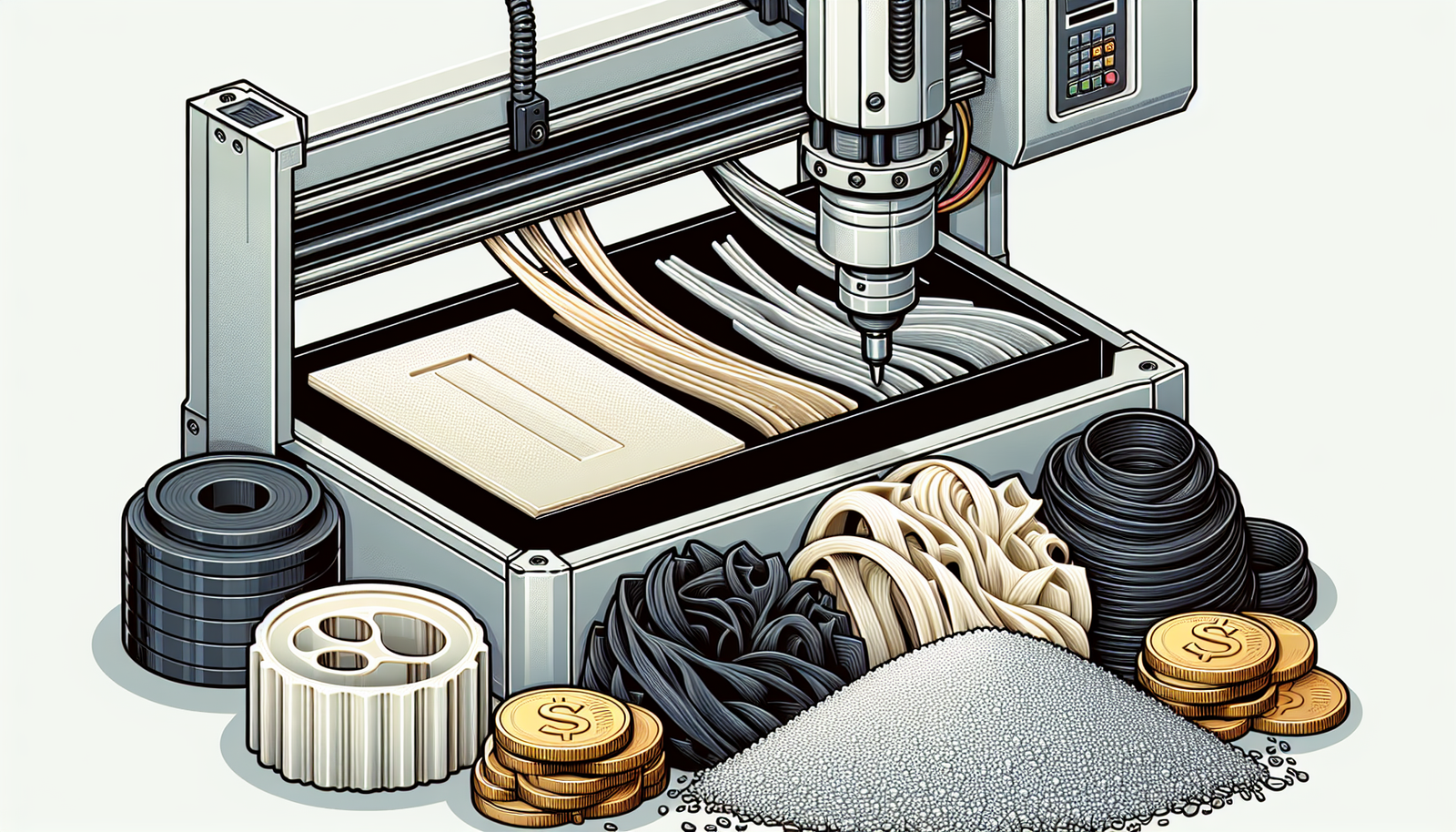
CNC machining costs can vary significantly, depending mainly on the material chosen. An appropriate selection of materials helps to reduce costs and decreases machining time. Thus aiding in decreasing overall CNC expenses.
Which type of product is suitable for your requirements? Let’s dive into this matter.
The key factors affecting the cost associated with producing plastic parts through CNC machining are rooted in selecting a good quality material that minimizes both production time and expenditure at hand – ensuring to keep those two concepts together when assessing total cnc machinery pricing.
Cost-effective Plastics
When shopping for CNC machined parts, choosing cost-effective materials is like picking economical groceries cutting costs. ABS and HDPE plastics offer a great balance of affordability and ease of use in the machine shop. Making them perfect when considering decreasing expenses connected to CNC operations.
Both come with attractive traits such as strength, elasticity, and superb machinability, which lets you achieve tight tolerances within your specs without paying extra money on manufacturing costs.
Machinability Factors
Factors such as thermal properties and material hardness can be considered to make choices that favorably impact the cost of CNC machining and its process. The ease with which a particular material can be cut—its machinability—influences how much it costs for CNC operations. Materials with high levels of machinability are easier, faster, and cheaper to use in this regard, leading to reduced expenditures on CNC machine usage and raw materials.
Material Optimization
When CNC machining, it is possible to minimize waste and increase efficiency with the same logic that a chef uses when making meals and designing parts to fit standard blank sizes. This approach leads to more cost-effective CNC machining processes, as no additional materials are needed.
Design Optimization for Plastic CNC Machining
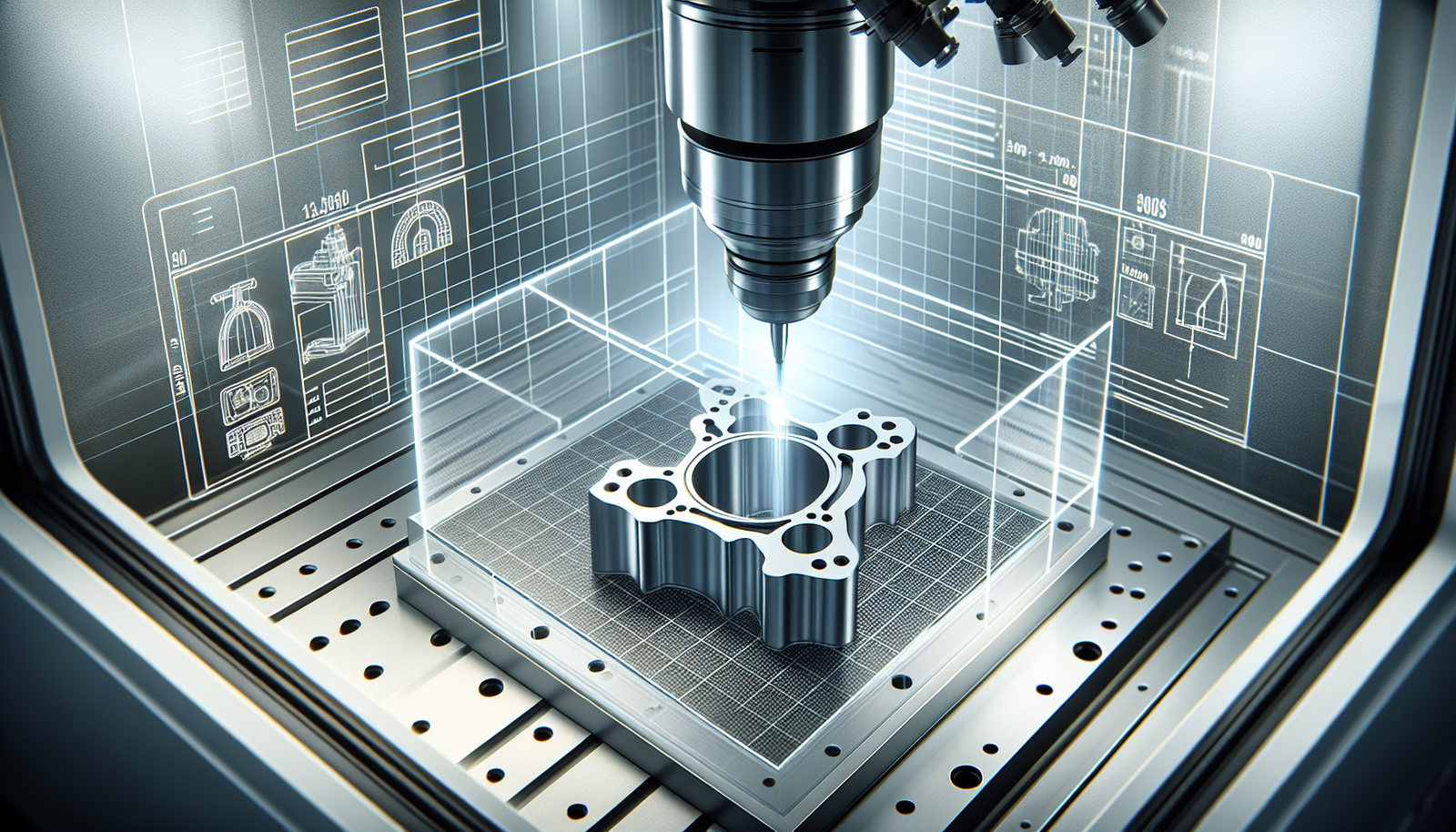
The design of your part plays a major role in determining the expense associated with CNC machining. To reduce cnc machining cost, streamline manufacturing processes by minimizing complexity to its geometry and ensuring consistent wall thicknesses and hole sizes along with standard threading types throughout.
By paying attention to these details during part design, it is possible to minimize the costs associated with production via CNC methods without compromising quality or function.
Simplify Geometry
CNC machining benefits from parts that have simpler geometry since it reduces the time spent lower the wear and tear of tools, and eliminates having multiple setups. All these advantages make the process more efficient while decreasing money and time-saved costs.
Wall Thickness Considerations
When CNC machining plastic parts, optimizing the wall thickness can produce a superior cosmetic look while guaranteeing their structural strength. It is recommended that the minimum width for thin walls in this process should be 1/32” (0.794mm). This will aid you in warding off problems such as voiding and warping, which could otherwise arise due to faulty dimensions or improper manufacturing methods employed during cnc machined production processes.
Standardize Hole Sizes and Threads
Standardizing hole sizes and threads is an efficient way to lower CNC machining special tools, which are no longer required. Using typical hole sizes speeds up manufacturing processing and decreases that cost. The maximum thread length suggested when making tapped holes should be three times its diameter; this ensures the best balance between difficulty in production and affordability.
Efficient Machining Techniques
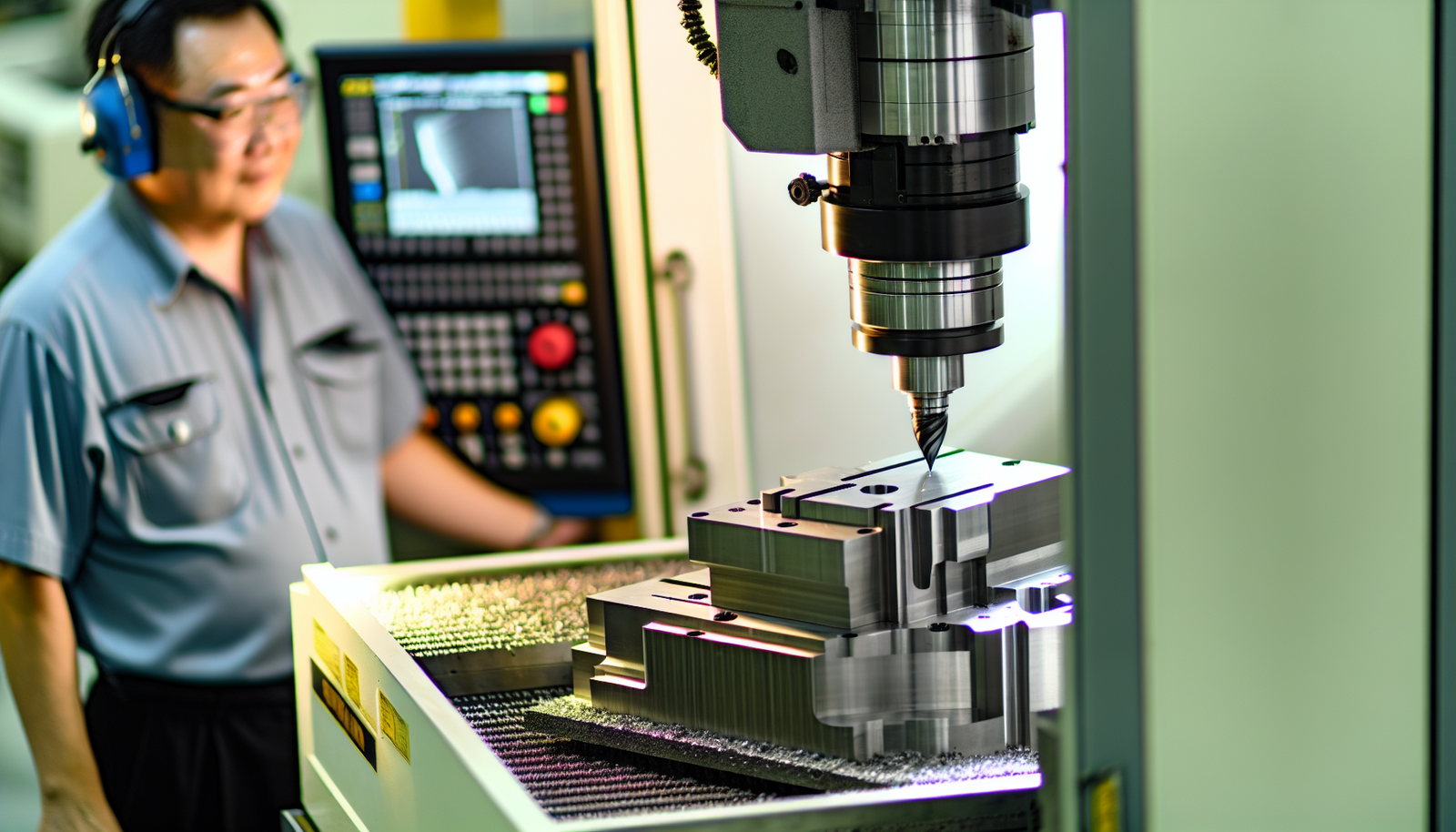
When reducing CNC machining costs for plastic products, knowing the correct procedures and techniques is similar to a chef’s expert knowledge of cooking that perfect steak. Proper tool selection, cutting parameters optimized for the material being worked as effective cooling met, hods, and chip management are all necessary to achieve this goal. To get an even better understanding, let us take a deeper look into these processes needed to reduce your CNC machining expenses.
Tool Selection
When it comes to CNC machining, the correct tool is essential. The type and size of the tool you choose can significantly influence the performance of your machining process and the quality of your completed project. With this in mind, don’t skimp on good tools when using cnc machines!
Our CNC machined parts are created with precision thanks to our advanced CNC machine services – so make sure you pick us for reliable results every time!
Cutting Parameters
When it comes to minimizing machining time and tool wear, setting the cutting parameters is similar to preheating an oven for a perfectly cooked cake. Necessary components include feed rate, plunge rate, depth per pass, and spindle speed.
Cooling and Chip Management
When it comes to CNC machining, good cooling and chip management are vital for the final results. They act similarly as icing on a cake. Strategies such as proper coolant fluid using chip brea,kers, and efficient chip evacuation can boost tool lifespan while maintaining a great quality of finished parts.
Quantity and Production Planning
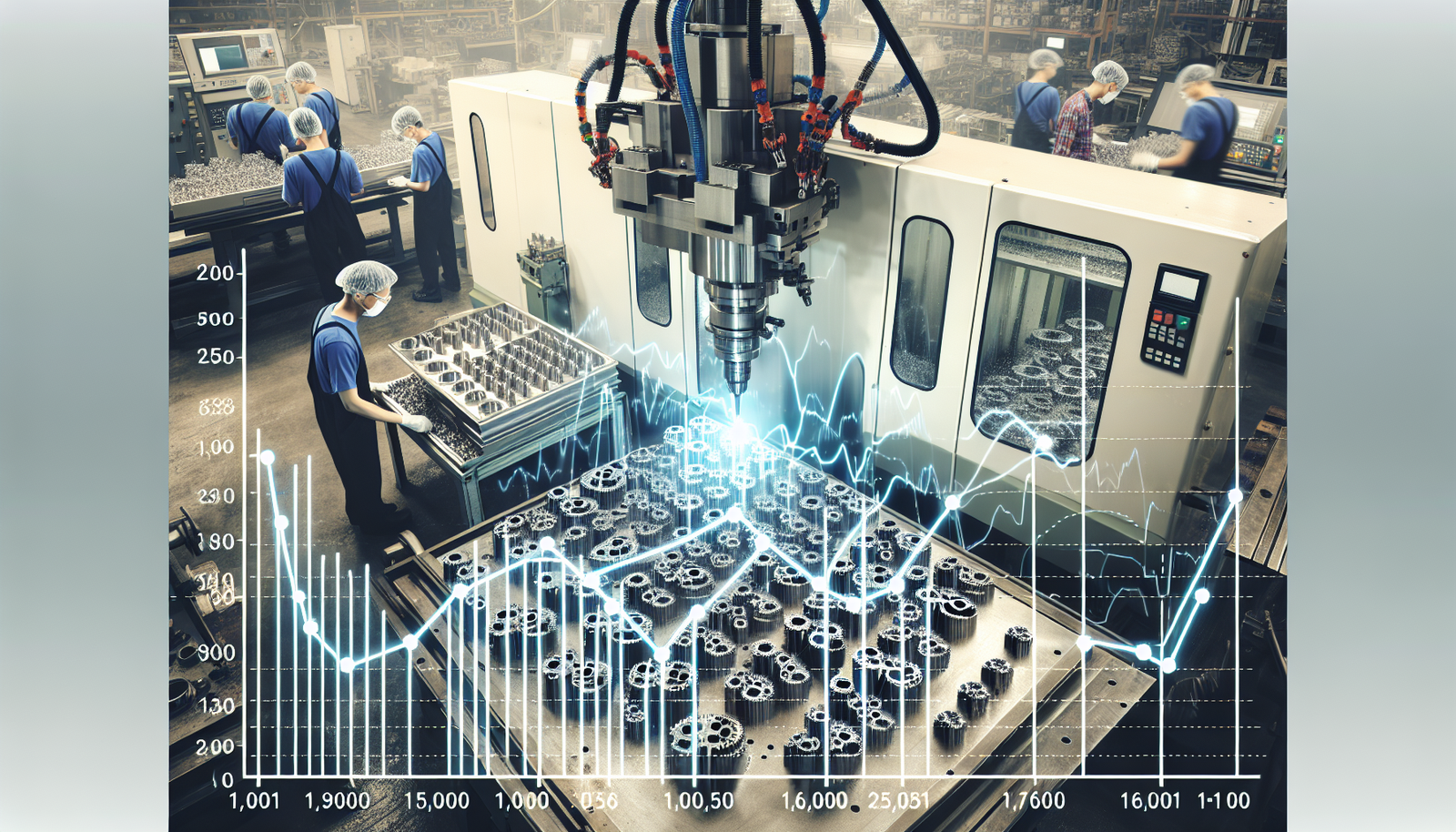
Knowing the exact number of parts and when they are required is essential for estimating the cost of CNC machining. Bulk production will decrease individual prices and simplify the manufacturing process, thus reducing costs associated with CNC operations.
Economies of Scale
If you order larger amounts of your part, it can result in a lower unit cost due to shared setup and tooling expenses, much like when grocery shopping with bulk quantities. Thus, take this opportunity to maximize these savings and get yourself an improved price-per-item by ordering bigger batches.
Batch Production
Batch production, which operates like a smooth and efficient assembly line, is great for saving money during the manufacturing process. This technique entails making different parts of an item on diverse machines at disparate stages so that precision-made custom pieces or new goods can be crafted with cost efficiency despite their low volumes.
Surface Finishing for Plastic CNC Machined Parts
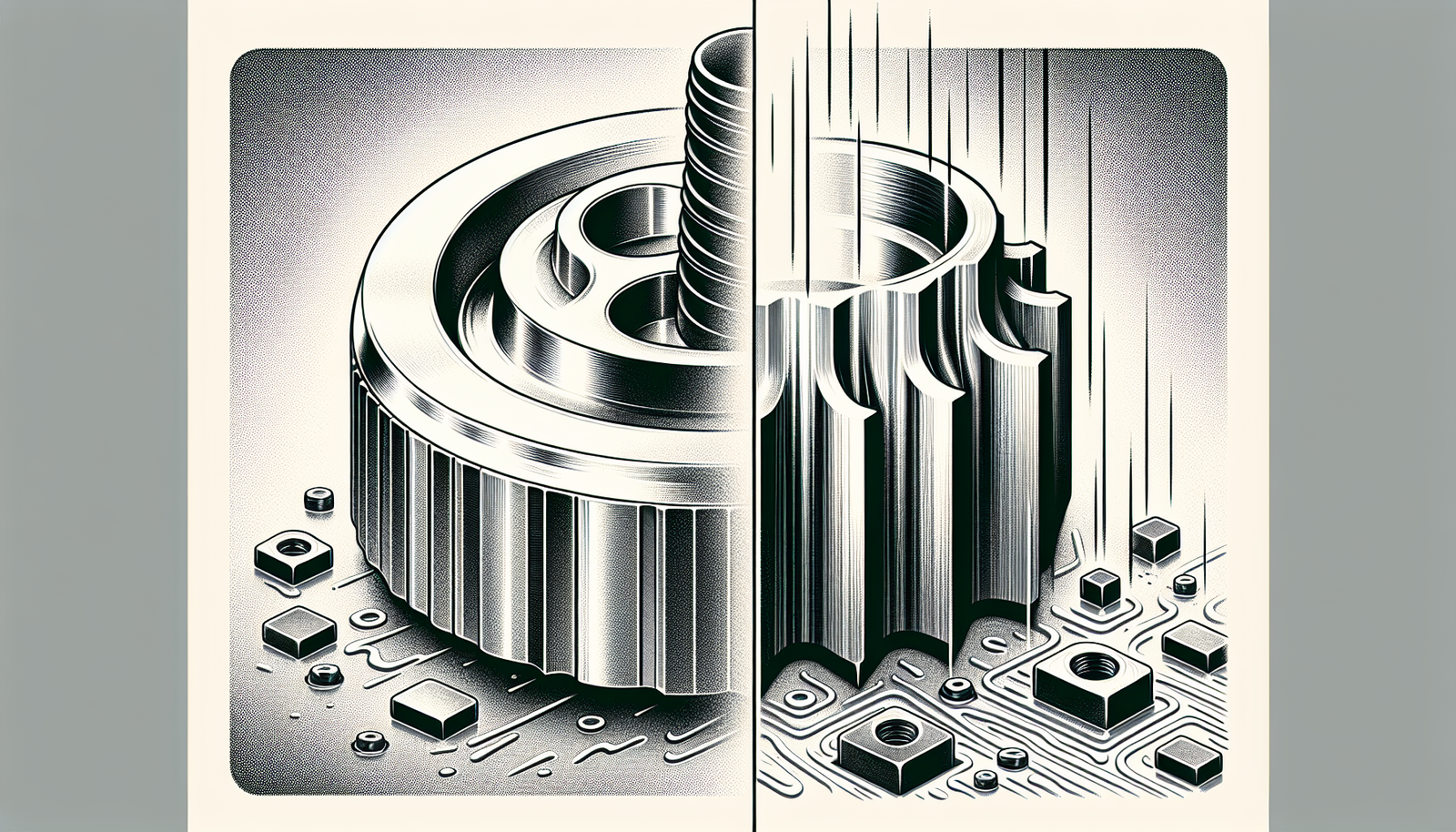
Polishing the surface of CNC-machined plastic components can significantly impact their final cost. To keep costs to a minimum, opting for an as-machined or selective finish is best practice.
As-machined Finish
The CNC machining process can give the product an as-machined finish and offers advantages such as a natural layout and precision craftsmanship. Cost savings due to eliminating post-process finishing and bringing a raw aesthetic into the finished item.
Selective Finishing
Selective finishing is a practical approach as it focuses only on the essential sections of a component. This reduces expenses and time compared to more intensive processes while offering improved wear resistance and surface roughness where needed. Consequently, this cost-efficient technique saves resources and effort dedicated to completing part of the treatment.
Collaborate with CNC Machining Experts
The experts in CNC machining are the best to make sense of its complexities. By working with them, you can ensure manufacturability from design and get cost-saving recommendations on materials and processes.
Design for Manufacturability (DFM)
Design for Manufacturability (DFM) is a powerful tool to streamline manufacturing processes, minimize costs, and maximize efficiency. Working alongside CNC machining specialists can optimize your parts design, reducing production expenses and shortening lead times.
Material and Process Recommendations
CNC machining experts can advise on the most cost-efficient and effective production methods, such as specific material recommendations to suit your requirements, alongside choices for finishing quality or design elements. They serve much like a personal stylist in helping you make decisions that guarantee an efficient manufacturing process while saving costs simultaneously.
Summary
Reducing the cost of CNC machining for plastic products isn’t impossible. You can considerably reduce your expenses. By selecting proper materials, you streamline part designs, use effective processing practices, and organize production accordingly. Experienced counsel is always available, too – with suitable direction and a little knowledge, it’s possible to enjoy all the advantages of utilizing CNC without breaking your budget.
Frequently Asked Questions
How to make CNC cheaper?
You can decrease costs by selecting cheaper materials and ordering in bulk, making CNC machining more affordable. Also, reducing machine setups is an excellent way of achieving this goal. Increasing the thickness of thin walls and including radii on internal vertical edges also result in significant savings.
How can drilling cost machining be reduced?
Maximizing cutting speeds and feed rates can save drilling, producing less heat and reducing tool wear. One should adjust speed appropriately while working rapidly to obtain optimal efficiency. With this approach in mind, materials-related expenses will be lowered due to minimized strain on the tools used.
Can CNC be used for plastic?
CNC machining is an effective and suitable way to produce plastic parts, from one-off prototypes to mass production of end-use components. It’s a reliable technique for fabrication with plastic materials.
How can economies of scale and batch production help to lower unit costs and streamline the manufacturing process in CNC machining?
By ordering in larger quantities and streamlining the manufacturing process, economies of scale and batch production can significantly lower unit costs in CNC machining.
This can ultimately improve efficiency and cost-effectiveness.
How can an as-machined finish and selective finishing minimize costs in CNC machining?
When it comes to CNC machining, one can save costs by utilizing an as-machined finish instead of post-processing and selective finishing to ensure that only the required areas are treated for improved surface roughness and wear resistance. This also helps preserve resources well since not all parts will be processed this way.
Thanks for your interest; please contact us if you need other cnc machining services.
